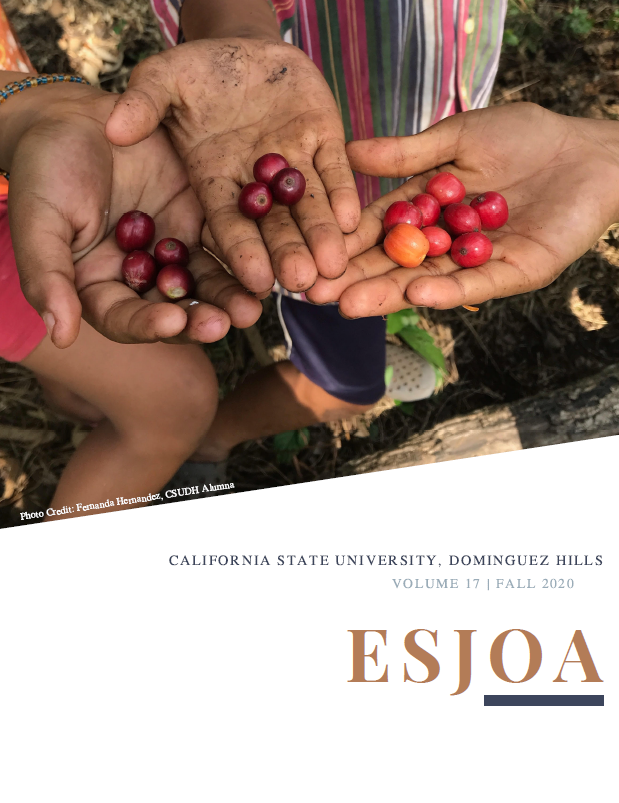The Role of Khmer Court Dance and Music in the Construction of a Cambodian-American Identity
Main Article Content
Abstract
Cambodia gained national attention in the mid 1975 due to the mass genocide perpetrated during the communist group known as the Khmer Rouge. For many Cambodians born and raised in the United States, the primary cultural awareness passed down from their parents and elders revolves around experiences surrounding the Khmer Rouge. This paper explores the construction of cultural identity among second generation Cambodian youth and adults participating in Khmer classical dance and music classes at Khmer Arts Academy in Long Beach, California. We found that there is a strong correlation between familial ties and participation in cultural activities, as is evident from interviews as well as family member attendance at Khmer Arts Academy. Our research delved into the struggle Khmer children born and raised in America face when pressured to assimilate into American culture. The societal need to “fit in” is difficult for most minority children, and it is difficult to find ways to affirm heritage identity. The students at the Khmer Arts Academy use Khmer classical dance and music to learn about the beauty and intricacies of their culture, something that they lacked prior to this experience. Using ethnographic techniques and methods, our preliminary findings suggest that participation in the Khmer Arts Academy in Long Beach introduced students to and, in some cases increased, their connections with their cultural heritage. Our techniques include participant observations and interviews over the course of three months (September, 2019-November, 2019).

